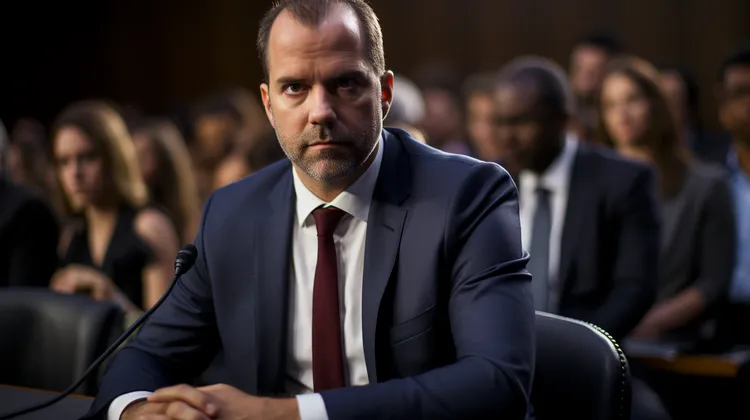
SEC Drops Charges: Ripple’s Garlinghouse and Larsen Vindicated
In a shocking turn of events, the U.S. Securities and Exchange Commission (SEC) has dropped its charges against Ripple Labs and its two top executives, Brad Garlinghouse and Chris Larsen. This landmark case, which has garnered widespread attention within the cryptocurrency community, has been closely followed by investors and industry leaders alike.
Ripple, a blockchain-based payment protocol, had been entangled in a legal battle with the SEC since December 2020. The agency alleged that Ripple conducted an unregistered securities offering by selling its native currency, XRP, to investors. As a result, the SEC decided to take legal action, claiming that Ripple had raised over $1.3 billion through the sale of XRP tokens.
The recent decision by the SEC to drop the charges against Ripple and its executives has sent shockwaves through the crypto market. Many industry experts believe that this could be a turning point for the entire cryptocurrency industry, as it potentially sets a precedent for future cases involving digital assets.
The market reacted swiftly to this news, with XRP experiencing a significant surge in value. The cryptocurrency, which has struggled since the SEC’s announcement, saw a rapid increase in price, leading to a flurry of buying activity from investors who see this development as a vindication of Ripple’s position.
For Brad Garlinghouse and Chris Larsen, the dismissal of charges brings a sense of relief and vindication. Throughout this legal battle, they have maintained their innocence and strongly defended Ripple’s business practices. They have consistently argued that XRP is not a security but a utility token, used to facilitate real-time cross-border payments.
Ripple Labs, founded in 2012, has been actively working with global financial institutions to utilize blockchain technology for faster and cheaper transactions. Their primary goal is to revolutionize the traditional banking system, making it more inclusive and efficient. Despite the legal battle, Ripple has continued to forge partnerships and expand its services, with over 300 financial institutions currently leveraging its technology.
The dropping of charges against Ripple and its executives highlights an ongoing debate within the crypto industry regarding the regulation of digital assets. Many argue that current regulations, which were primarily designed for traditional securities, do not adequately address the unique characteristics of cryptocurrencies. With this high-profile case now resolved, it is expected that this conversation will take center stage in the coming months.
The decision by the SEC may encourage other blockchain companies to challenge the agency’s regulatory approach. This could lead to a broader reassessment of how cryptocurrencies are classified and regulated, potentially providing greater clarity and guidance to market participants.
While the SEC’s decision marks a significant victory for Ripple and its executives, it does not absolve the company from legal and regulatory oversight. The dismissal of charges does not imply that XRP is not a security, but rather that the SEC’s case lacked merit or sufficient evidence to prove its allegations.
Moving forward, Ripple and other digital asset projects will continue to face scrutiny from regulators worldwide. The SEC’s decision in this case should not be seen as a blanket endorsement of all cryptocurrencies or token sales. Rather, it underscores the need for clear regulations and guidelines that can foster innovation while ensuring investor protection.
The SEC dropping its charges against Ripple, Brad Garlinghouse, and Chris Larsen has sent shockwaves through the crypto industry. This landmark decision has not only given Ripple a sense of vindication but has also sparked a broader conversation about how regulators should approach cryptocurrencies. While this victory may boost investor confidence in Ripple and XRP, it also highlights the importance of establishing comprehensive regulations to navigate the complexities of the fast-evolving digital asset landscape. As the industry continues to grow, finding the balance between innovation and investor protection will be crucial in unlocking the transformative potential of blockchain technology.